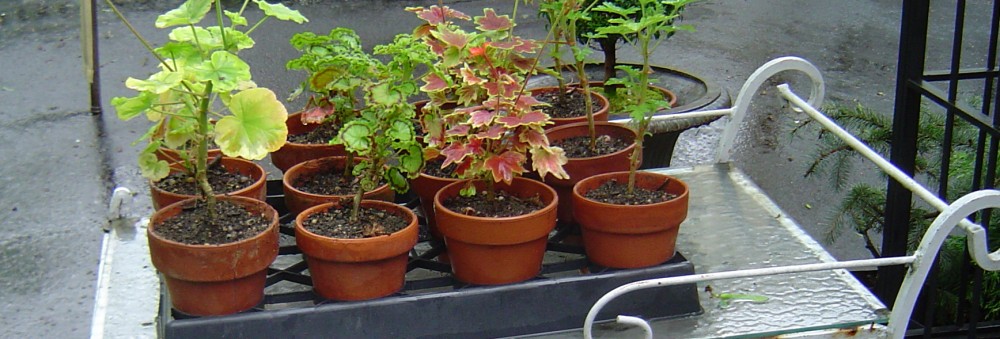I have a real weakness for topiaries. Looking around my garden, there are roughly, well over 30 of them and about another dozen in training. Okay, so maybe its more likely an addiction but, in the grand scheme of things, I could do worse. No guilt whatsoever.
To many, the word topiary conjures up images of old, elaborate gardens belonging to châteaux and villas and manors. Gardens that require a retinue of gardeners and very large coffers. Not any more. Unless of course you have the means and inclination to manage those traditional and sometimes pretentious gardens. Today, plants shaped into balls, pyramids and quirky creatures play a more understated role in our contemporary gardens. While such plants still bring a valued design feature to a garden, they do not dominate. Topiaries of today are team players not soloists.
What is it about a topiary that makes it so attractive? That they look like diminutive trees? The more creative shapes add an element of whimsy? Their neatly clipped appearance brings a sense of order and design? That a topiary can lend an air of gravitas and legitimize a green space as a garden? Yes! It’s ALL of the above. I love everything about them and how they make my garden look.
My collection (I’m a collector!) is a mix of topiaries both purchased and homegrown. They are not difficult to train but do require patience and diligence. All the bay standards in the garden were started from cuttings. As are a couple of boxwoods and myrtles. I’m currently training some rosemaries that I’d rooted earlier in the spring. Several coleus and variegated boxwood cuttings are being monitored for rooting – they too will be coaxed into standards. If I’m feeling ambitious, some might make it as double sphered beauties. A couple of young jasmines have been earmarked for training into heart shapes.
A couple of weeks ago, I made a visit to Atlock Farms which specializes in topiaries. It is king of the entire tri-state area. They create topiary magic with an impressive array of plants in a variety of sizes. It was a big adventure for me that day – my first ‘border crossing’ since the lockdown started way back in March! So leaving New York to enter New Jersey felt like a big deal. At Atlock, the vast array of gorgeous, green topiaries drove me crazy – I wanted everything. Thankfully, my family restrained my enthusiasm and I did not break the bank. I returned home with only about a dozen small beauties and a very contented heart.
Maintaining the standards or any other shape is easy. They get fed organic fertilizer every few weeks. Watering as dictated by the weather – since the pots are all terracotta, during the summer heat a daily drink is required. Depending on the type of plant, they are placed in sun or part shade. A regular trimming keeps them looking tidy and stylish.
While my big bays and myrtle are used as specific design elements in the garden, the smaller ones get to provide drama collectively – I call them my three tableaux. They are stand-alone points of interest. Situated in areas that are otherwise not particularly compelling, the groupings bring transformation. They spark curiosity and delight.
Even a single good size topiary can make a strong statement in any space. I strongly urge everyone to get themselves one. Or two. Or many.
Since my well-coiffed plants are in pots, they endure the winters in the greenhouse. I have a feeling that this year, some will find themselves in the main house. My collection has grown exponentially while the greenhouse has remained small.
Time spent tending to my topiaries is invariably calming. Not physically demanding at all. Re-staking and tying, trimming and clipping, re-potting as the plants grow, serve to release any tensions and forget about the bigger dramas going on in the world. At the end of which, they sit pretty – order restored. If only it were that simple with those other matters outside the garden. Sigh.
Note; The response to the Printed Garden products has been heartwarming. Thank you! Please check it out if you haven’t thus far. 50% of the profits donated to the ACLU.
In the images below, how many topiary forms can you see? This is a test! Don’t miss the three tableaux.
(c) 2020 Shobha Vanchiswar
[do_widget “Blog Subscriptions (Jetpack)”]













